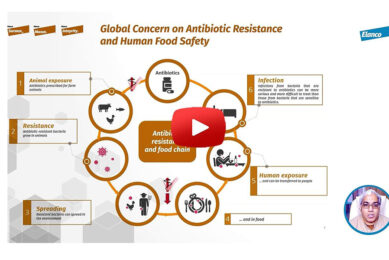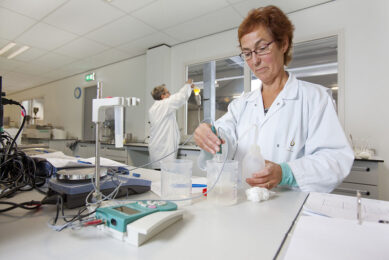FDA: A risk-based approach to food safety
The FDA should implement a risk-based approach in which data and expertise are marshaled to pinpoint where along the production, distribution, and handling chains there is the greatest potential for contamination, says a new report by the Institute of Medicine and National Research Council.
By using this approach, the US Food and Drug Administration (FDA) would be able to direct appropriate amounts of its resources and attention to those high-risk areas and increase the chances of catching problems before they turn into widespread outbreaks, said the committee that wrote the report.
The report offers FDA a blueprint for developing a risk-based model. It outlines several organisational steps the agency should take to improve the efficiency of its many food safety activities, such as increasing coordination with state and other federal agencies that share responsibility for protecting the nation’s food supply. In addition, the report says Congress should consider amending the Federal Food, Drug, and Cosmetic Act to explicitly provide the authority FDA needs to fulfill its food safety mission.
The FDA is responsible for ensuring the safety of approx. 80% of the nation’s food supply. Although it is not the sole organisation overseeing food safety – the US Department of Agriculture (USDA) handles meat, poultry, and egg products, and state and local agencies share in conducting food production facility inspections, surveillance, and investigations of outbreaks – recent outbreaks of foodborne illness led to a congressional request for a review of gaps in FDA’s food safety system.
The agency has been criticized for not adequately monitoring and inspecting food suppliers and distributors and for not taking a proactive approach to food safety overall. However, given that FDA is responsible for more than 150,000 food facilities, more than 1 million restaurants and other retail food establishments, and more than 2 million farms, as well as millions of tons of imports, it lacks the resources to sufficiently monitor the entire food supply, the committee noted.
The committee also stated that the federal government should establish a centralised food safety data center outside of the regulatory agencies to collect information and conduct rapid, sophisticated assessments of food safety risks and appropriate policy interventions. This center would go a long way toward developing much-needed capacity and would reduce interagency competition for resources. It could also serve as an intermediate step toward consolidating food safety activities within a single agency, which many individuals and organizations have called for.
To enhance its efficiency, the FDA should explore alternative approaches to regulating food safety, such as delegating food facility inspections to the states, the report says. The FDA should establish national standards for the intensity and frequency of these facility reviews and help states and local municipalities bring their safety programs up to those standards. Once all programs are standardised, FDA should train and certify state inspectors with the goal of turning over the majority of inspections to them under the agency’s supervision.
Source: Institute of Medicine and National Research Council













